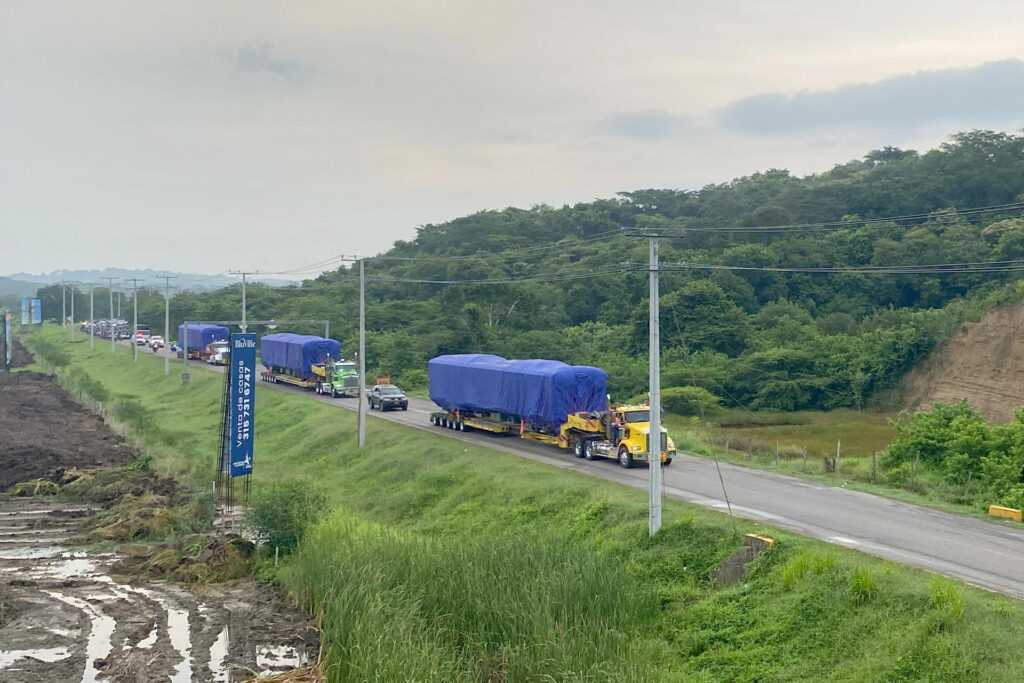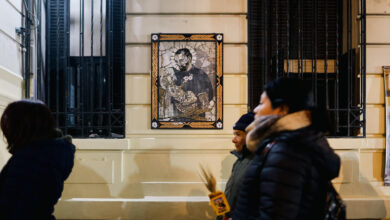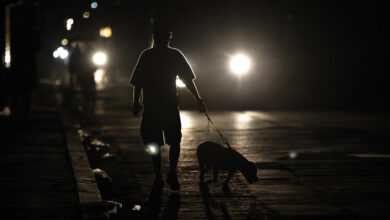Bogotá’s Metro Cars Roll Across Colombia, and a Nation Pulls Over to Watch

Colombia’s long-delayed Metro dream is finally visible—on flatbed trucks. The first stainless-steel cars, shipped from China, are crawling 1,150 kilometers from the Caribbean to Bogotá, cheered by villagers and filmed by phones, turning highways into provisional tracks of belief.
A Caravan Across Mountains, and a Country Pulls Over
The Metro does not yet run on rails, but it already draws crowds. Six gleaming cars, fresh from Chinese factories, arrived in Cartagena this year and were met “with all the pomp” by Bogotá’s mayor, Carlos Fernando Galán. From there, the journey began not underground, but on asphalt: a convoy rumbling through banana country, cattle plains, and into the cordilleras that guard the capital.
Mayor Galán urged Colombians on X: “The Bogotá Metro is coming! If you see the train on Colombia’s highways, send me your photo.” The call, echoed by EFE, turned the trucks into moving landmarks. Horns blared as they passed small towns. Grandmothers lifted their phones, children pulled their parents toward the roadside, and mechanics abandoned their work to glimpse the tarpaulin-wrapped silhouettes.
The spectacle felt literary, a scene out of García Márquez: Aureliano Triste hauling a locomotive into Macondo, flowers in its couplings, months late. Bogotá’s Metro, Galán joked to EFE, is “83 years late”—a quip that carried the ache of truth. But as the trucks wound up Andean switchbacks, delay gave way to wonder.
Eighty-Three Years From Headline to Hardware
The Metro’s story began as ink, not steel. On March 1, 1954, the brand-new daily La República led with a headline: “There will be a report for the construction of the subway in the capital.” In 1963, the Apron firm delivered another study recommending a subterranean line.
Through oil booms, debt crises, and shifting mayors, more studies piled up. Each election promised the Metro; each fiscal squeeze postponed it. For decades, Bogotá’s “subway” lived only on campaign banners and artist renderings, a ghost line under Avenida Caracas.
Only in 2019 did that ghost solidify. The city awarded its first contract to a consortium led by China Harbour Engineering Company and Xi’an Metro Company. Two years later, ground broke, turning drawings into pylons, depots, and finally rolling stock.
The convoy of cars on Colombian roads marks the first tangible sign that this time might be different: the Metro has passed from feasibility memo to touchable hardware.
Politics, Partners, and the Subway Fight
The Metro has always been political theater as much as a transit plan. President Gustavo Petro, once Bogotá’s mayor, argued the city deserved a true underground, warning that an elevated design along Caracas Avenue would scar the landscape and cap capacity. Galán countered with pragmatism: the elevated line was cheaper, faster, and already contracted.
The clash mattered. National government financing is decisive, and Petro’s subway preference nearly reignited the project’s chronic delays. In the end, the elevated line held, and construction continued. But the debate revealed something deeper: Bogotá’s identity crisis. Is it a pragmatic city racing to catch up with exploding demand? Or a capital worthy of the subterranean grandeur enjoyed by Santiago, Buenos Aires, and Mexico City?
Elsewhere, Colombia has already tasted rail pride. Medellín’s Metro has been operational since 1995, supporting a network of cable cars, trams, and BRT. Bogotá, despite being the hemisphere’s third-largest city, has long been the outlier—a metropolis without trains.
That is why Colombians paused as the convoy crossed the Pumarejo Bridge over the Magdalena River, escorted by soldiers, sailors, and police. “An image for the history books,” Galán told EFE. Security was not symbolic; it was necessary. Even in 2024, freight of national importance moves under armed guard.

The Final Miles Before Bogotá Boards
Behind the viral videos lies a grueling choreography of logistics. Each mountain curve requires halting traffic, measuring clearances to the centimeter, trimming branches, cooling brake drums, and checking tire pressure. At lay-bys, mechanics crawl under axles while scouts study the next switchback.
Truck driver Sergio Arenas, from Boyacá, grinned into an EFE camera. “I feel very proud to deliver on the goal that the people of Bogotá finally have their Metro,” he said—suddenly a minor celebrity in a parade no one wanted to miss.
And this was only the first trip. Bogotá’s Line 1 will need 30 trains of six cars each, meaning this mountain procession will repeat itself 29 more times before 2026. By March 2028, if schedules hold, the chase cars will give way to turnstiles. Commuters will board red-liveried trains in the flesh, not in campaign promises.
Until then, debates will rage: fares, feeder routes, land value capture, integration with Bogotá’s bus network, and even the urban design under the elevated guideway. But Colombia has already edited the Metro into its collective story.
Also Read: Southbound on the Caribbean: Colombia Confronts Migration in Reverse
For decades, the project was a rumor and rhetoric. Today, stainless-steel cars wrapped in tarps climb mountain roads, cheered by villagers as if they were already in service. The rails are not yet laid. The train is already here.


